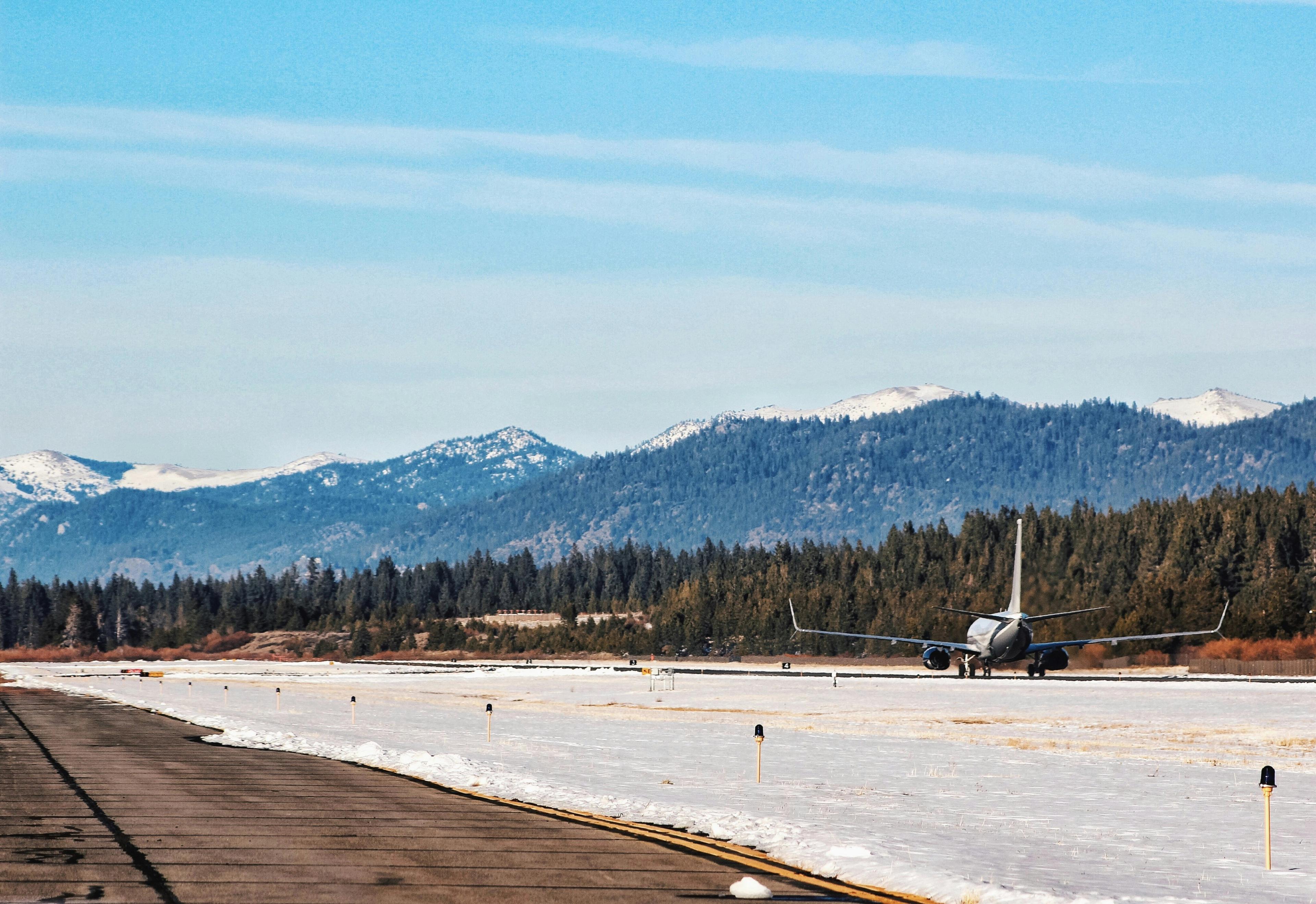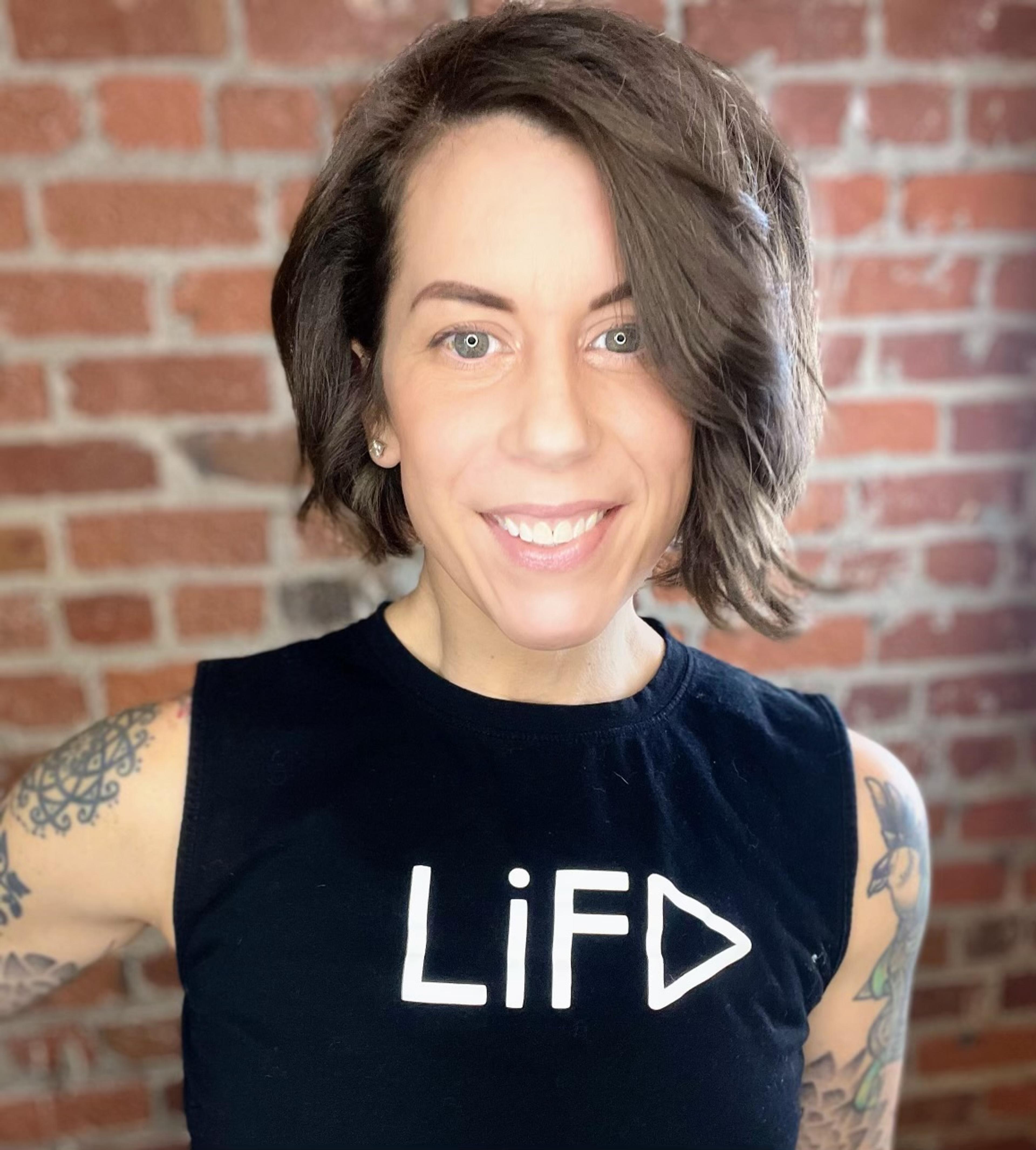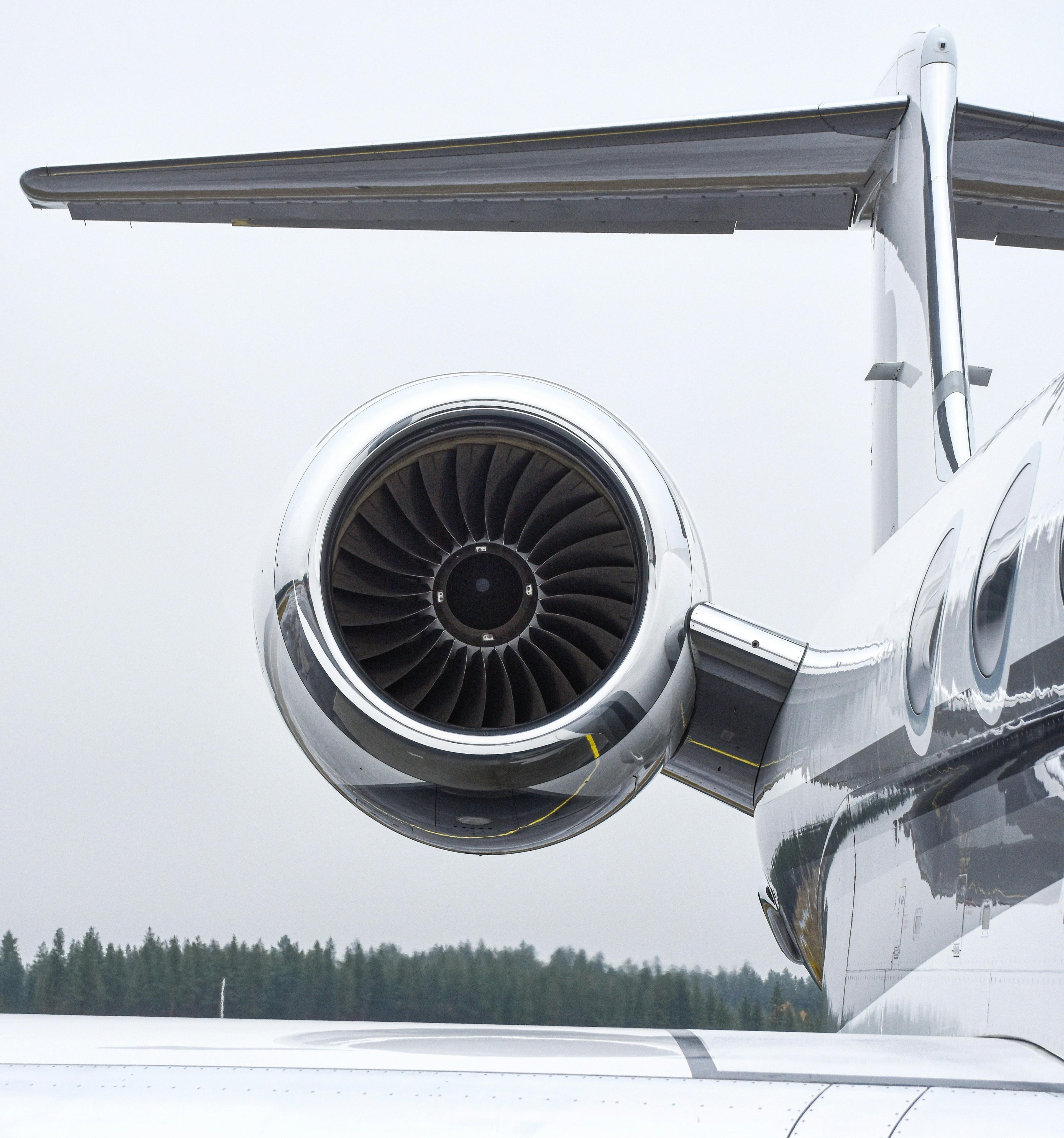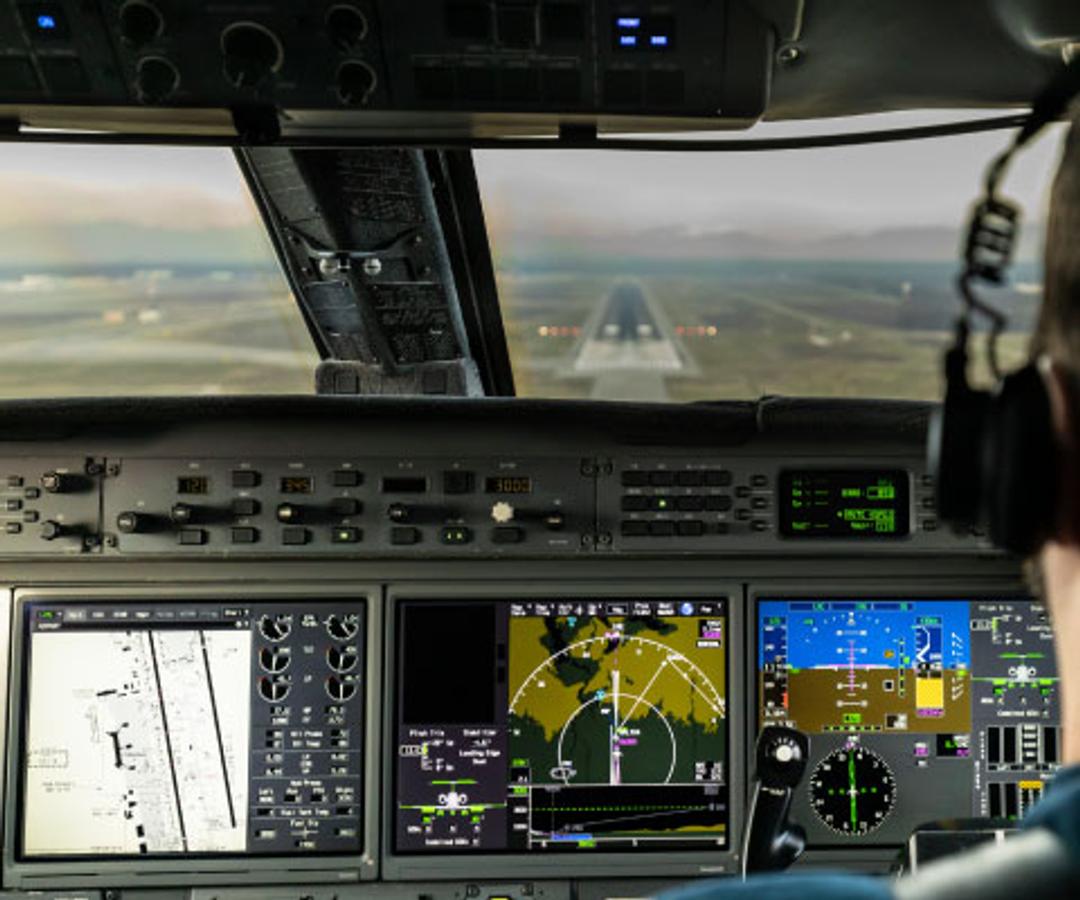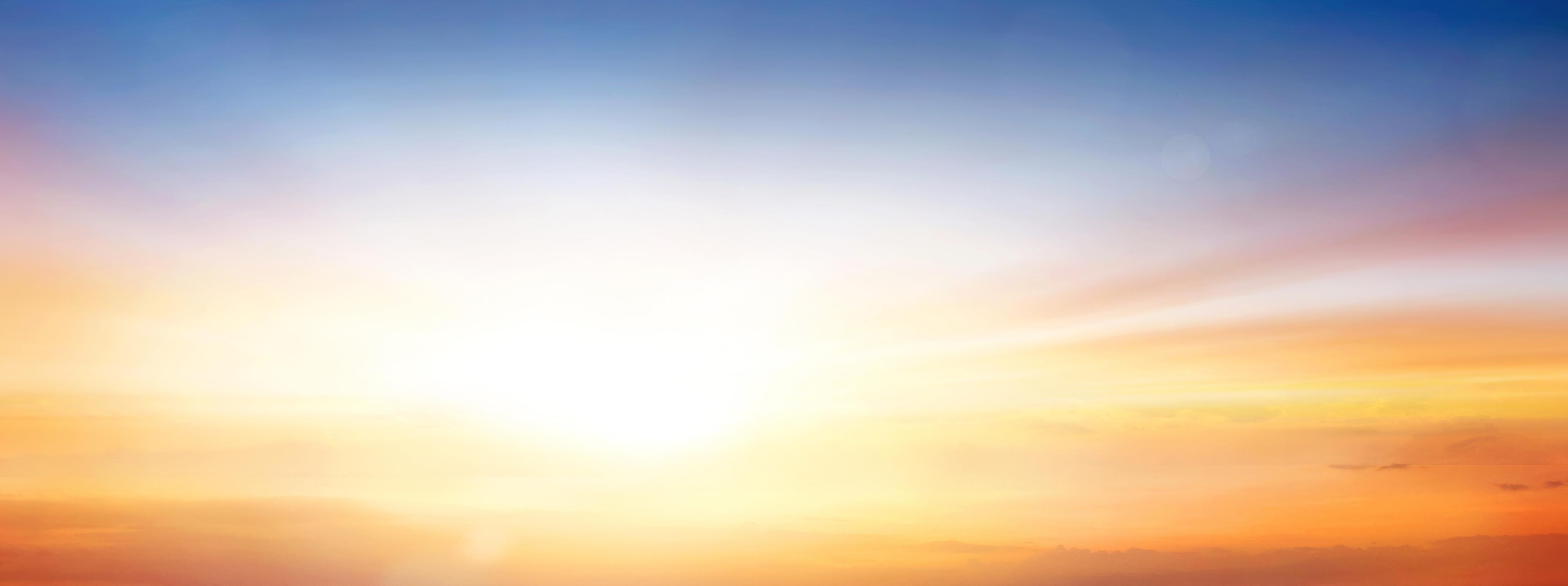
Flying high above the clouds might seem like the ultimate dream job — and for many, it is. But the view from the cockpit comes with a hidden risk that pilots can’t afford to ignore: increased exposure to ultraviolet (UV) radiation and the danger of skin cancer.
A Wake-Up Call from the Cockpit
Rick Koubsky, Founder of Bizjetjobs.com and a longtime corporate pilot, has faced the consequences of prolonged UV exposure firsthand. After years in the left seat, Rick has undergone multiple Mohs surgeries to remove skin cancer from the top of his head, nose, ears, and arm — all areas that are regularly exposed to sunlight through cockpit windows. His story is, unfortunately, not uncommon in the aviation world.
Why Pilots Are at Greater Risk
Most people don’t realize that pilots are exposed to UV-A radiation at levels much higher than those on the ground. According to a study published in JAMA Dermatology, the amount of UV-A radiation pilots are exposed to during a one-hour flight at 30,000 feet is comparable to using a tanning bed for 20 minutes.
Factors that contribute to this include:
- Cockpit windshields, which block UV-B but allow UV-A rays to pass through.
- Altitude, which increases the intensity of UV exposure — the higher you go, the thinner the atmosphere and the less protection you have.
- Flight routes and direction — especially when flying east or west with the sun low on the horizon.
The Most Common Types of Skin Cancer
- Basal Cell Carcinoma (BCC): The most common type, often appearing as a pearly bump or patch of skin that doesn’t heal.
- Squamous Cell Carcinoma (SCC): Often found on sun-exposed areas, may look like a scaly patch or wart-like growth.
- Melanoma: Less common but more dangerous. It may appear as a changing mole or dark spot with irregular borders.
Early detection and treatment are critical — especially with Mohs surgery, a precise technique often used to remove cancer from sensitive areas like the face and ears, layer by layer.
What You Can Do: Protect Your Skin, Protect Your Career
Here are some simple but critical habits to incorporate into your daily routine:
✅ Wear sunscreen every day.
Choose a broad-spectrum sunscreen with SPF 30 or higher. Apply it to your face, ears, neck, hands — and yes, even the top of your head if your hair is thinning or short.
✅ Use a daily moisturizer with SPF.
It’s an easy way to protect your skin without adding another step to your routine.
✅ Keep a tube of sunscreen in your flight bag.
Reapply if you’re flying long legs or exposed to the sun throughout the day.
✅ Wear a hat and UV-protective sunglasses.
When outside on the ramp, protect your face and eyes from further exposure.
✅ Schedule a yearly skin check with a dermatologist.
Early detection can prevent a small issue from becoming a serious health (and potentially career-ending) problem.
Final Thoughts
Skin cancer is serious — but it’s also largely preventable. As professional aviators, we’re trained to mitigate risks. Adding sunscreen and annual skin checks to your preflight checklist is a small price to pay for your health and career longevity.
Rick’s experience is a reminder to all of us: you can’t see UV rays, but that doesn’t mean they aren’t doing damage. Be proactive, take care of your skin, and encourage your fellow pilots to do the same.
Aviation Crew - If you don't have an account yet, it's quick and easy to create one.
Employers - register here to search our qualified Pilots by Type Rating / Aircraft, find Contract / Part Time Pilots or search Pilots by Location Worldwide on BizJetJobs.com, home of the most qualified and current corporate pilots ready to work now.
BizJetJobs.com YouTube Channel has helpful videos on how to get the most out of your membership, both for Aviation employers and aviation job seekers.
Questions?
Give us a call at (402) 253-7809 or email us at [email protected].
